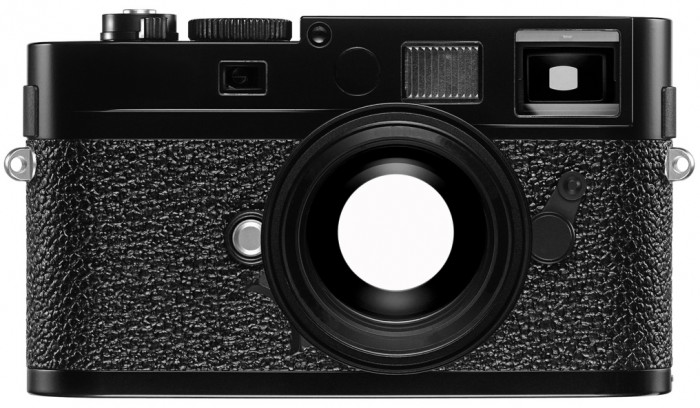
Sub Rosa
Sub rosa, the Latin expression for secrecy, immediately directs our attention to what we do not see in the newest body of work by French artist Sylvain Couzinet-Jacques. The close-up views of gestures and body limbs of young adults linger in the ‘in between’ of day and night. Partly obscuring, partly revealing, the transition between the sighted-ness of the day and the blinded-ness of the night is stretched, so we can explore more fully this state of twilight. The Ballardian setting for Sub Rosa is an abandoned victory arch, enclosed by busy traffic roads and enthroned on a paved hilltop with a stunning sunset view. The boys and girls have taken over the cold, masculine building by bringing life to it and therewith, the element of the anti-heroic, the feminine, the sensual.
What We (do not) See
There is actually a lot we do not see, of which are either the hard facts of the photographed (answers to the who-what-where-when-why-how questions) or what concerns our way of looking. The keys to deciphering what is ‘under the rose’ are an observant eye and an intuitive, subjective imagination. The hidden or invisible aspects of a photograph are usually considered as its blind field. A theoretically appealing expression that refers foremost to the action outside the photographic frame: the before, the after, and the around. Film theorist Christian Metz describes this photographic blind field as a ‘projective off-frame’, by which he means a generally subjective imagination of the viewer ‘dreaming the shape of this emptiness’ (Metz 1985: 87). Sylvain Couzinet-Jacques might appreciate Metz’s romanticist and engaging approach on how to unravel the secrecy of the blind field. In his artistic practice he tries to implement a post-documentary approach by consciously including his subjective and romanticising voice in order to ‘re-enchant’ the myriad realities of ‘a disturbed modernity’ (J.G. Ballard).
One important fact that we do not see is that all the photos are stills from slow motion films (hence the familiar format of 16:9 turned vertically into 9:16) presented on several screens in a spatial installation, looping every eight hours, to coincide with the opening hours of the exhibition space. Arising from the slow motion, we are caught in the gluey spider web of this aesthetically attractive never-ending sunset. Parallel to the pleasure of looking at the beauty and eroticism, the very slow tempo of the movements terrifies us in the long run, as it seems to creep further into our own veins.
Changing the Symbols
‘The nature of things is transformed by their uses’, says Couzinet-Jacques. The neo-classicist arch, completed in 1956 in remembrance of Franco’s triumphant entry into Madrid, for some years has been a politically contested reminder of Spain’s tragic past. Today’s generation uses it as a hangout. The site once chosen because of its proximity to Franco’s battlefront is now inhabited because of its breathtaking view. The closer we look, the more commonalities we discover in this contemporary co-habitation of the fascist architecture of the 20th century, and the 21st century kids wearing Nike, Adidas, Puma and the likes. Is there a difference at all between their (cl)aims for freedom and dreams superimposed on us? While the engravings read upfront: Munificentia regia condita/ ab hispanorum duce restaurata/ aedes studiorum matritensis/ florescit in conspectu Dei (Founded by regal generosity and restored by the leader of the Spaniards, may the Madrilenian centre for studies flourish in the presence of God) the backside of the arch refers to the conquering weapons that preceded the victory: Armis hic victricibus […]. The brand’s ambitions to create a global attitude (Nike) or to change lives (Adidas) and ForeverFasterPuma stand in contrast to the decelerated representation that Couzinet-Jacques chose in order to make us think about all these symbols and statements of the past and the present. More importantly, he poses herewith the question ‘What is the future we make?’ He believes that we can change the nature of those symbols. And so we should.
Building the Future
The Future is Couzinet-Jacques’s umbrella that embraces a number of projects he has realised (of which Sub Rosa is one) with others still in progress. It indicates the many directions of his artistic practice, of which only the future can tell where his interventions in current affairs will lead us. This quest for mapping The Future began with his project Eden (2015 – ongoing) for which he bought an old schoolhouse in the city of Eden, North Carolina for 1000 dollars, renovated it, painted it fire engine red and turned it into a place for encounters between local histories and artistic imaginations. Otherwise forgotten, his gestures of acquisition and artistic intervention brought the school-house back into the centre of attention, both amongst the city’s inhabitants and the art world’s practitioners. Blind field becomes centre field. And the secrecy?
Sub as prefix means ‘under’ in Spanish, too. Rosa stands for the colour pink. At the end of the day, the key might lay just under the pink evening sky.